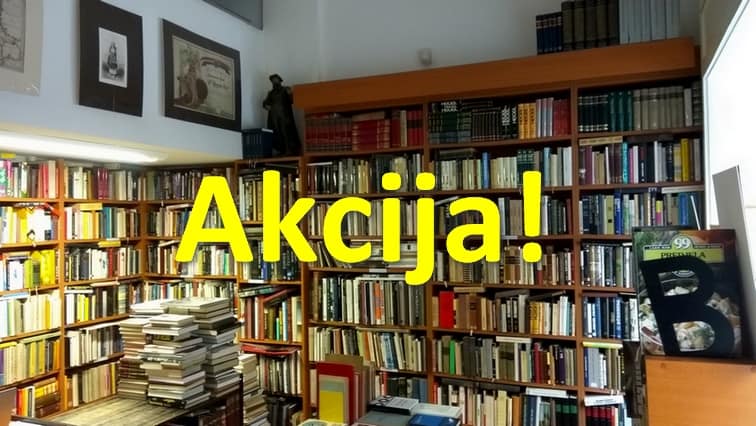Le Corbusier: The Machine and the Grand Design
10.00 €
Autor: Norma Evanson
Izdavač: Studio Vista, London
Godina izdanja: 1969.
Broj stranica: 128
Dimenzije: 17×24 cm
Uvez: tvrdi
Na zalihi
Le Corbusier’s first city planning project, entitled “A Contemporary City for 3 Million,” tended to cause either rage or enthusiasm when it appeared in the early 1920’s. From this urban image, Le Corbusier went on to devote an active part of his architectural career to the problems of city planning. Although he was not in an official sense a planner- being consistently denied planning commissions-the schemas he developed have been among the most influential of the twentieth century.
Norma Evenson discusses the evolution and development of Le Corbusier’s ideas about city planning; she shows how he worked and reworked a few basic concepts, trying to perfect an ideal environment for his very personal ideal of man. In her discussion of various early projects, she emphasizes his elaborate transportation systems that utilized a combination of all available means, as well as his concern with healthful environment and rational housing.
Each successive step-Algiers, Rio de Janeiro, the Radiant City, the linear-industrial city, down to his last plans for Berlin-is analyzed. With respect to his only realized project, the new Punjab capital of Chandigarh, Miss Evenson discusses at length the relationship between ideal and reality in Le Corbusier’s planning.
Le Corbusier speaks for himself throughout the book; his comments ranging from explanations of his own work to attacks on unsympathetic authorities and the impressions of his visit to America. The Appendix consists of a summary of the major critics who have dealt with his work.
Norma Evenson, Associate Professor of Architectural History, University of California, Berkeley, is the author of a definitive study on Chandigarh. She is currently working on a study of Brasilia and Rio de Janeiro.
Povezani proizvodi
ARHITEKTURA I URBANIZAM
ARHITEKTURA I URBANIZAM
ARHITEKTURA I URBANIZAM
ARHITEKTURA I URBANIZAM
ARHITEKTURA I URBANIZAM
ARHITEKTURA I URBANIZAM
ARHITEKTURA I URBANIZAM
ARHITEKTURA I URBANIZAM

















